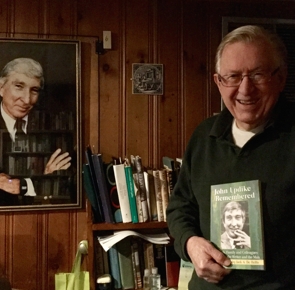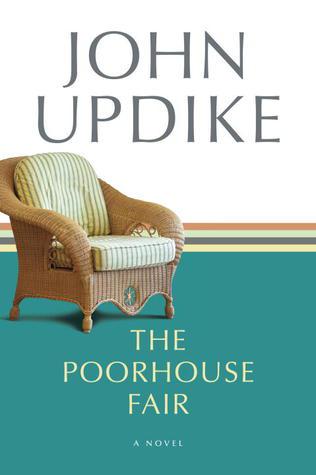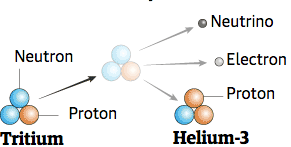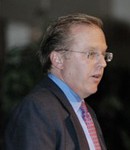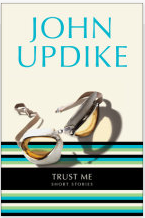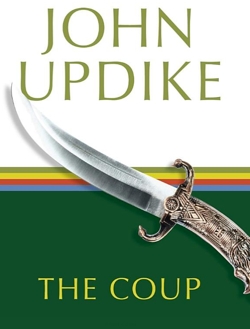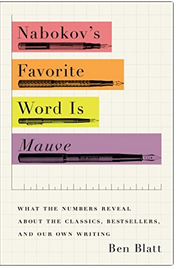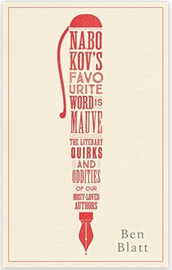Writing for The Inquirer and its online version, Philly.com, Frank Fitzpatrick relates just how big a recent high school basketball championship was for the City of Reading, what a single basketball star can mean to a beleaguered city, and how evocative the whole thing is of a world John Updike described many years ago.
 In “Reading is on the rebound, thanks to a basketball star” (Nov. 21, 2017), Fitzpatrick introduces non-area readers to Lonnie Walker, who led Reading Senior High School’s Red Knights to a state basketball title seven months ago and returns soon as a University of Miami freshman for a pre-season D-I game against LaSalle “that will bring 7,300 fans to Santander Arena, a facility that just a few years ago was a lone jewel in a drab and decaying downtown.
In “Reading is on the rebound, thanks to a basketball star” (Nov. 21, 2017), Fitzpatrick introduces non-area readers to Lonnie Walker, who led Reading Senior High School’s Red Knights to a state basketball title seven months ago and returns soon as a University of Miami freshman for a pre-season D-I game against LaSalle “that will bring 7,300 fans to Santander Arena, a facility that just a few years ago was a lone jewel in a drab and decaying downtown.
“Residents and civic leaders have portrayed this first Division I basketball game ever here as something more than an athletic contest. In their view, it is, much like last spring’s groundbreaking championship and the parade that followed, another sign that Reading is rebounding at last.
“‘I’ve really seen so much positive activity and change since that basketball championship,’ said Robin Costenbader-Jacobson, whose Reading roots go back 10 generations. ‘There’s a lot going on downtown. It looks brighter and cleaner. People are believing again. It’s wonderful to see the city being embraced.’
“Last April, when the champion Red Knights were feted with a parade along 13th Street, consciously or not mirroring a route Reading-born author John Updike famously described in a short story about 1940s’ high-schoolers here, the population of this red-brick city joyfully amassed, as if drawn by an unseen force.
“‘[The parade] was almost a utopian moment for Reading. It was one of the most stunningly good moments I’ve seen in my lifetime,’ recalled Donna Reed, a 65-year-old native and a five-term member of City Council. ‘For a city that’s had so much distress financially, socially and economically, and all the other stuff we’ve gone through, it was a moment where everybody got together, everybody was happy together.”
Related WFMZ-TV story: “Lonnie Walker returns to play in front of hometown fans”
Follow-up: On Wednesday, Nov. 22, Walker “struggled in his return home,” the Sun-Sentinel reports. “Part of Miami’s recruiting pitch for the projected NBA lottery pick was a game in his hometown. Walker was held to five points and 2-of-8 shooting. . . .”

